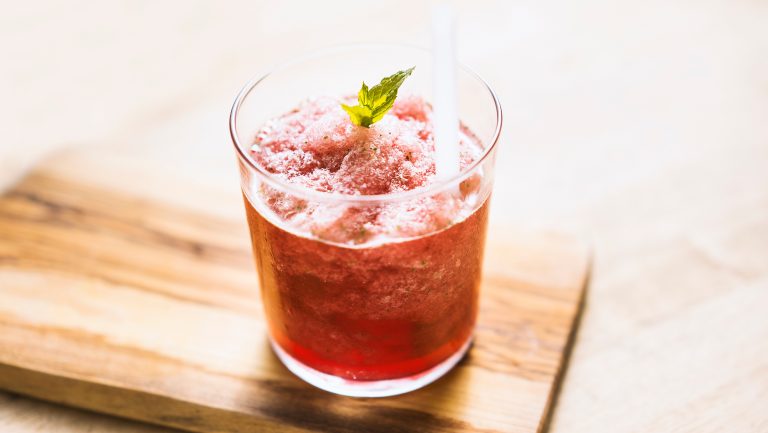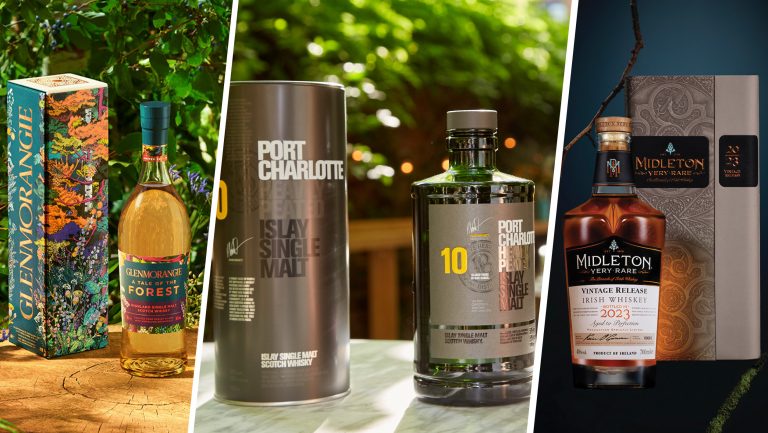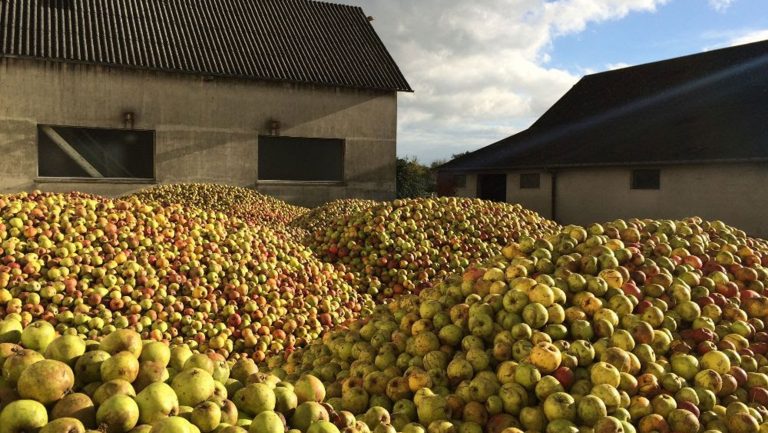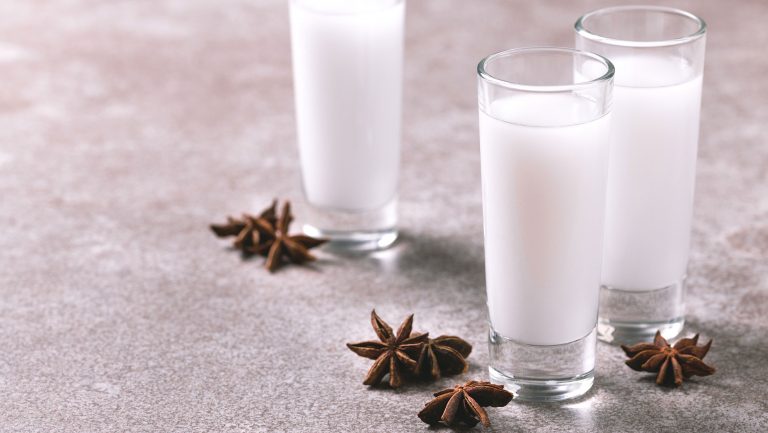At BevCon 2017 in Charleston, South Carolina, Abigail Gullo, beverage director at Compère Lapin in New Orleans, TJ Lynch, owner of Mother’s Ruin and Loverboy in New York City, and Jerry Nevins, owner of Snow & Co., in Kansas City discussed the past, present, and future of frozen cocktails in a panel moderated by author and Wine Enthusiast spirits editor Kara Newman.
Newman kicked off the session with a brief history of frozen cocktails, including how the rise of the household blender gave way to the invention of the frozen daiquiri machine in the 1950s and later the frozen margarita machine, “which for better or worse, changed the way we drink,” she said.
In addition, Newman explained that the nostalgia factor of Sno Cones and other shaved ice treats, the increase in molecular mixology and liquid nitrogen, and staffing challenges in high volume bars are all factors that have played into the current popularity of frozen drinks.

Don’t miss the latest drinks industry news and insights. Sign up for our award-winning newsletters and get insider intel, resources, and trends delivered to your inbox every week.
Lynch, whose groundbreaking frozen drink program launched six years ago—well before the frosé craze—jokes that it began “totally by accident.”
“We initially bought a slushie machine to make a few drinks for brunch service. And then we got really lazy because the machine was really heavy, so we left it on the bar, and that became our ‘slushie program.’”
Since then, he estimates that the bar has made over 630 different kinds of slushies. One of the most memorable was a “peanut butter and jelly” cocktail with peanut butter, rye whiskey, sherry, and Concord grape juice.
Gullo explained that frozen drinks have long been part of the cocktail culture of the Crescent City, adding that they pair well with the playful food and vibe at Compère Lapin. “Just like with classical cocktails, which we’ve always had in New Orleans, we’ve always had frozen drinks,” she said. “But I’m snooty, so I don’t call them slushies. I call them daiquiris.”
Gullo said she’s had a traditional Hemingway daiquiri on Compère Lapin’s cocktail menu since the beginning, but in 2015 she added her first frozen version—a passion fruit margarita mixed with a rose sangria that was inspired by a swirled frozen sangria and frozen margarita she drank at a Mexican restaurant in Washington, D.C., during her college years.
Nevins’ bar, which serves only frozen drinks, was the genesis of weekly get-togethers with two other friends who’d also recently finished their business degrees.
“We got together every Wednesday to eat and talk business ideas,” he said. “We met on a really hot day in May, and everyone was talking about how there was no place in Kansas City to get frozen cocktails. We thought, ‘Maybe that’s the idea to run with.’”
And they did.
The panelists also discussed common mistakes and tips for working with frozen drinks.
“What I don’t like about frosé is that you can’t just put simple syrup and rosé wine in those machines and call it a day,” said Gullo. “I mean, you you can, but it’s not very good.” She recommends using a fruit base, coconut, or another binding ingredient to maintain the texture and hold the mixture together. Otherwise, she says, “your drink will melt really quickly.”
Gullo also emphasized the importance of getting the proper sugar and fruit balance, saying that frozen drinks can be really “temperamental” and they “get ugly quickly in a glass” if the ingredients separate. And as a general rule, she advises doubling the amount of sugar for frozen recipes. “Sugar is not bad,” she said. “You need more because of dilution and the water. Sugar is to a bartender what fat is to a chef—it helps to translate and amplify flavor.”
More sugar is also critical, said Lynch, because “when things are colder, your perception of sweetness kind of dials down.”
Nevins added that at his bar there is a strong focus on the quality of the ingredients.
“I tell people that if I’m not going to stock it in my bar, I’m not going to serve it in my frozen drinks either,” he said, adding that frozen cocktails don’t have to be all bright blue syrups and high-octane alcohol. “They can be tasty, with texture and different flavors, and what I love the most about frozen cocktails are the different sensations you get as they warm up on your palate.”
And while frozen drinks and machines can be a big time-saver in high-volume bars, Nevins says the biggest mistake he sees people make is panicking and dumping in all the ingredients when a machine gets low.
“Then you have to wait another hour for it to all freeze again,” he said. He suggested keeping all backup products and batches as cold as possible at room temperature and then adding them a bit at a time so as not to overload the machine—and to save valuable mixing time.
Where do the panelists see this trend going in the future?
“Especially in warmer climates like what I have,” said Gullo, “I think these drinks are great. They’re a continuing evolution of [the industry’s efforts] to take things that have historical context [but have gotten] mass produced and maligned, and bring them back to their origins. I hope to see more of that, as well as more mixology that is similarly fun and playful in spirit.”
Nevins predicts a rise in what he calls a “Chipotle-type model for frozen drinks,” where customers can select their own ingredients and mix their own frozen cocktails. He also expects to see more “pop-tails” like the ones his company makes, and new innovations in frozen drink machines, which “haven’t been updated at all during this rising trend.” Ultimately, he says, “it’s coming back to good ingredients, alcohol, and taste, and that’s really what all good bar programs are about.”

Dispatch
Sign up for our award-winning newsletter
Don’t miss the latest drinks industry news and insights—delivered to your inbox every week.
Laura Scholz, a writer and editor based in Atlanta, has covered food, spirits, wellness, and travel for the Atlanta-Journal Constitution, the Atlantan, Eater Atlanta, Liquor.com, Tales of the Cocktail, VinePair, and other publications. She is currently the fitness editor of Atlanta magazine. Follow her on Instagram @lbscholz.







